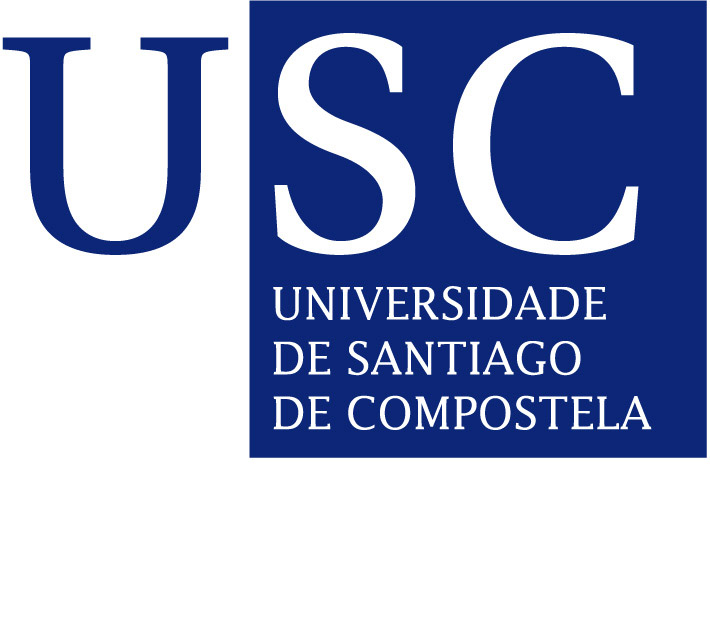Lecture: 'Designable modules in synthetic biology: design of cell logic circuits and protein origami nanostructures'

Prof. Roman Jerala
CiQUS Seminar Room
12:15
Modularity is extensively used in engineering for rapid and cost effective construction of complex structures and devices. Nanoscale molecular scaffolds and machines require self-assembly in the complex environment, which requires orthogonal building elements. Designable DNA-binding domains such as Transcription-activator like effectors (TALEs) and CRISPR can be used to construct an almost limitless number of artificial transcriptional regulators which enable construction of orthogonal genetic logic gates1,2. We recently devised new strategies to regulate gene transcription3 and fast protein-based signaling pathways that can speed up the cellular response by an order of magnitude4 which could be used to regulate therapeutic cells. An even more fundamental challenge for synthetic biology is construction of new protein folds in contrast to modifications or combinations of the natural protein domains. A modular engineering approach based on designed orthogonal coiled-col building elements has been used to design new protein folds, composed of a single polypeptide chain of concatenated coiled-coil building modules5,6. This strategy represents a new type of topological protein folds not found in the nature, where the fold is defined by the order of interacting modules defining the final topology. Several new protein polyhedral folds have been designed and new directions to expand the potentially of this strategy will be presented.
About Prof Jerala
Roman Jerala is head of the Department of synthetic biology and immunology at the National institute of chemistry and a professor at the University of Ljubljana. He received his PhD at the University of Ljubljana and postdoctoral training at the University of Virginia. Since 1996 he has been at the National institute of chemistry, initially working on the NMR of proteins and later switching towards signaling in innate immunity and synthetic biology, which are currently two most important research topics in his group. Research in the field of innate immunity has been primarily dedicated to the investigation of the molecular mechanisms of signaling of Toll-like receptors using combination of molecular modeling, molecular biology and immunology with implications and applications for vaccines and cancer. The main areas of synthetic biology in his group include i) design of bionanostructures, ii) engineering of mammalian cell signaling, iii) information processing by mammalian cells and iv) scaffolding of the biosynthetic pathways. His group demonstrated different types of logic circuits based on DNA binding proteins as well as fast proteolysis-based regulation. One of his most original achievement was the invention of a new principle for the construction of protein folds, called “coiled-coil protein origami” (CCPO), based on the concatenated modular building blocks, which is also the topic of his recent ERC Advanced Grant project MaCChines. He is member of the editorial board of ACS Synthetic Biology, Journal of Biological Chemistry and Innate immunity. He has been elected as an EMBO member and member of the Academia Europaea. In synthetic biology community he is known as a mentor of successful Slovenian iGEM student research projects



